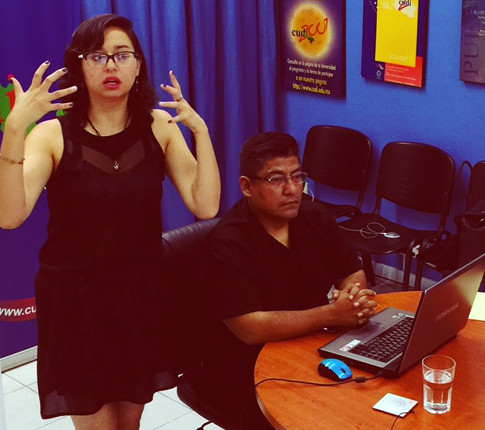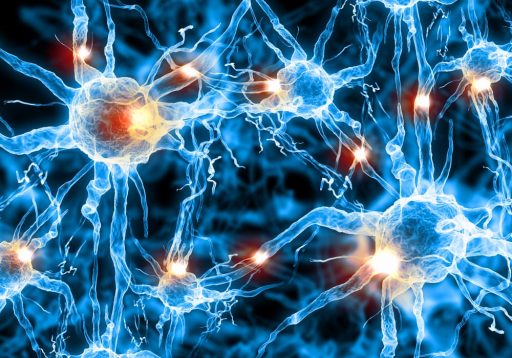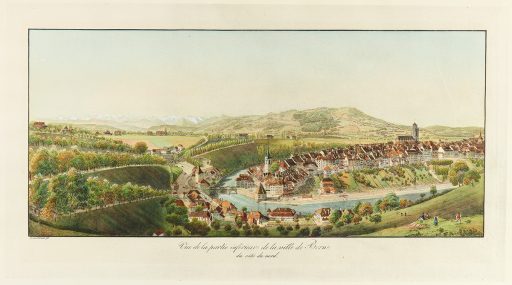Jorge Santiago Jacinto, who is profoundly deaf, is a member of the Mexican deaf community. He is also the founder of SEVIDA, a series of virtual seminars hosted and recorded using the video conferencing platform VC-CUDI, provided by the Mexican research and education network CUDI.
The Heat Roadmap Europe project has set out to map the demand for heating and cooling in 14 European countries, along with the potential sources of surplus and renewable heating and cooling that could be used to supply this demand. The aim is to decarbonise the heating sector of Europe over the next 30-40 years.
Five to six years ago, researchers were able to sequence hundreds of immune-system molecules (like antibodies) in the human body. Today they can sequence tens of millions.
African scientists have begun to study genomic influences on disease across their continent, and the Pan African bioinformatics network H3ABioNet supports much of their research, using videoconferencing to bring researchers together across vast distances.
The DigiBern project is an online portal for information on the history and culture of the city and canton of Bern. Even in such an exemplary case, however, it has become clear that libraries face further tasks after a digitisation project is complete in order to ensure that the data remain accessible over the long term. SWITCHengines is enabling the University Library Bern to build a long-term archive.
The Laser Interferometer Gravitational Wave Observatory recently completed work that detected gravitational waves, confirming a major prediction of Albert Einstein’s 1915 general theory of relativity. The discovery is an example of the power of collaboration supported by communications infrastructure purpose-built for global scientific research.
The Research and Education Network for Uganda is helping one of the country’s universities, the Ugandan Christian University offer PhD and Master of Journalism and Media Studies Progammes online in collaboration with the University of Kwazulu Natal in South Africa and the NLA University College in Norway.
Biotelemetry technology for wildlife and fish monitoring has evolved tremendously since the 1990’s: from moose and reindeer wearing collars with primitive radio transmitters weighing several kilos, to salmon with miniscule bio-sensors, and eagles wearing solar powered GPS-backpacks. But there’s a gap between the volumes of data available and the tools for handing it.
The Indian summer monsoon is a manifestation of complex interactions between land, ocean and atmosphere and the simulation of its mean pattern and its variability on inter-annual scales is one of the challenging problems in climate studies. The correct prediction of this complex phenomenon is vital to national planning and economic policy making.
“Diseases don’t know boundaries or country codes, we have to build systems that allow researchers to collaborate internationally,” says Professor Richard Sinnott. With that goal in mind, he established the endocrine genomics virtual laboratory – endoVL, which allows researchers to draw on large enough cohorts to conduct studies with real statistical power.
As research becomes increasingly data-intensive, researchers have to sharpen their data management skills. The Data Intensive Research Initiative of South Africa (DIRISA) lends a helping hand, by providing an online Data Management Planning tool, for sound collection, management, accessibility and preservation of research data.
The Indian Institutes of Technology, IITs, are the flagships of Indian engineering education. Getting into an IIT is the dream of every aspiring engineer in India, and each year over a million people take the entrance exam. But competition is fierce: with only 10.000 (2%) passing the exam, the IITs are among the institutes with the lowest acceptance rate worldwide.













